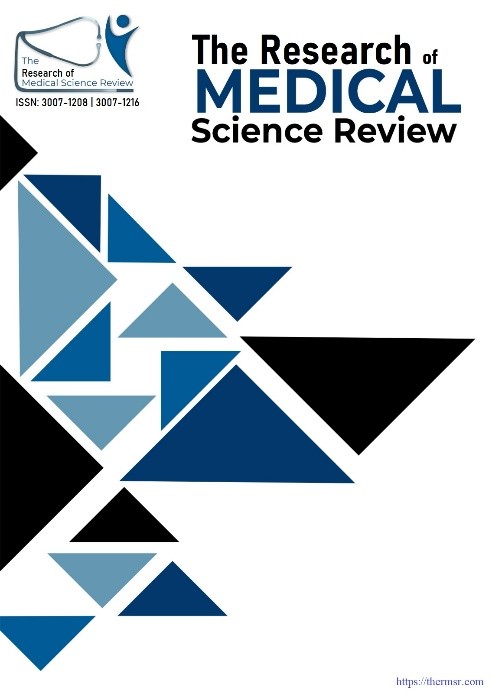ANGIOGRAPHIC CHARACTERISTICS AND PATTERN OF ATHEROSCLEROTIC LESION AMONG SMOKERS PRESENTING WITH ISCHEMIC HEART DISEASE
Main Article Content
Abstract
Objectives:To determine the angiographic characteristics and pattern of atherosclerotic lesion in smokers presenting with ischemic heart disease.
Methodology: This cross-sectional study was conducted at Department of Cardiology, National Institute of Cardiovascular Diseases (NICVD), Karachi. Six months January to June, 2025 following ethical approval from CPSP. We enrolled 237 adult patients (aged 18–65 years) with a smoking history presenting with IHD. Patients underwent coronary angiography during hospital admission. Clinical, demographic, and angiographic data (culprit artery, CAD type, TIMI flow) were collected. Smokers were categorized as current or ex-smokers.
Results: Most patients were male (74.3%), urban residents (59.6%), with a mean age of 47.82±10.09 years. Current smokers constituted 68.4%. LAD was the most common culprit artery (51.5%), followed by RCA (30.4%) and LCx (11.1%). SVD was present in 41.5%, DVD in 28.1%, and TVD in 30.4%. Significant CAD was observed in 87.7%. TIMI grade 0 flow pre-intervention was present in 52.6%, while post-intervention TIMI grade 3 flow was achieved in 95.3%. No statistically significant differences were observed between current and ex-smokers regarding angiographic severity or lesion pattern (p > 0.05).
Conclusion: Smokers presenting with IHD predominantly exhibit LAD involvement and single-vessel disease. Angiographic patterns did not differ significantly between current and ex-smokers, emphasizing the persistent vascular impact of tobacco exposure and highlighting the need for aggressive smoking cessation and cardiovascular risk management
Downloads
Article Details
Section

This work is licensed under a Creative Commons Attribution-NonCommercial-NoDerivatives 4.0 International License.
